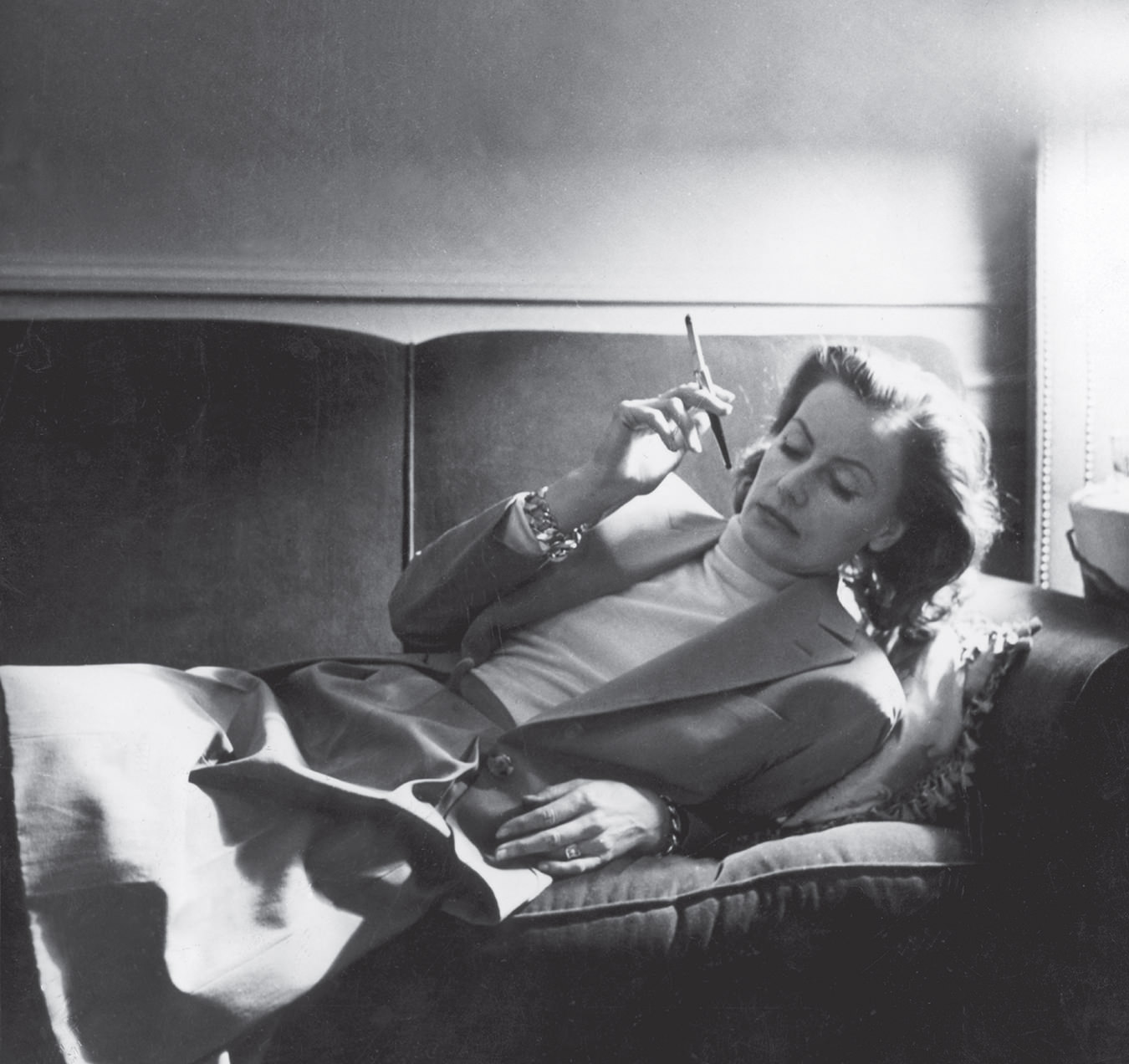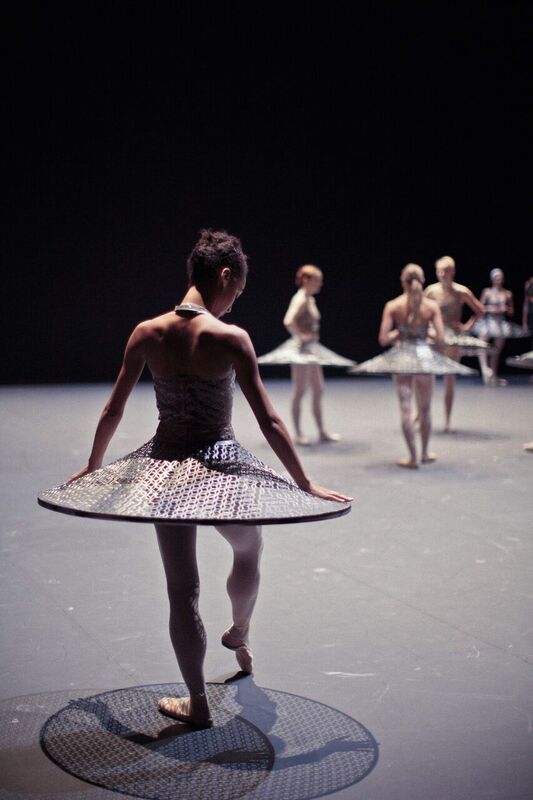-
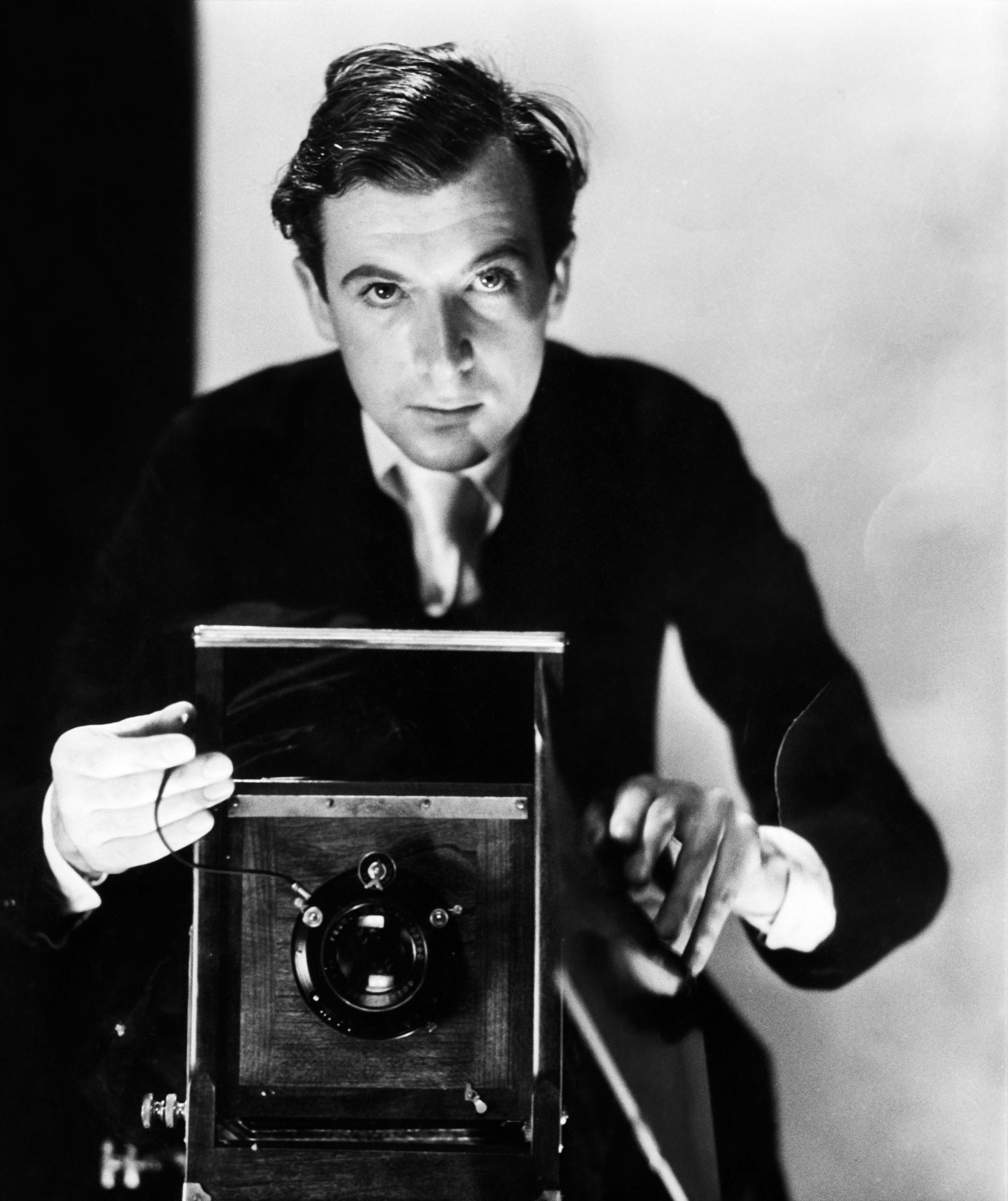
Cecil Beaton selfie, mid 1930s.
-

Beaton selfie, late 1910s.
-
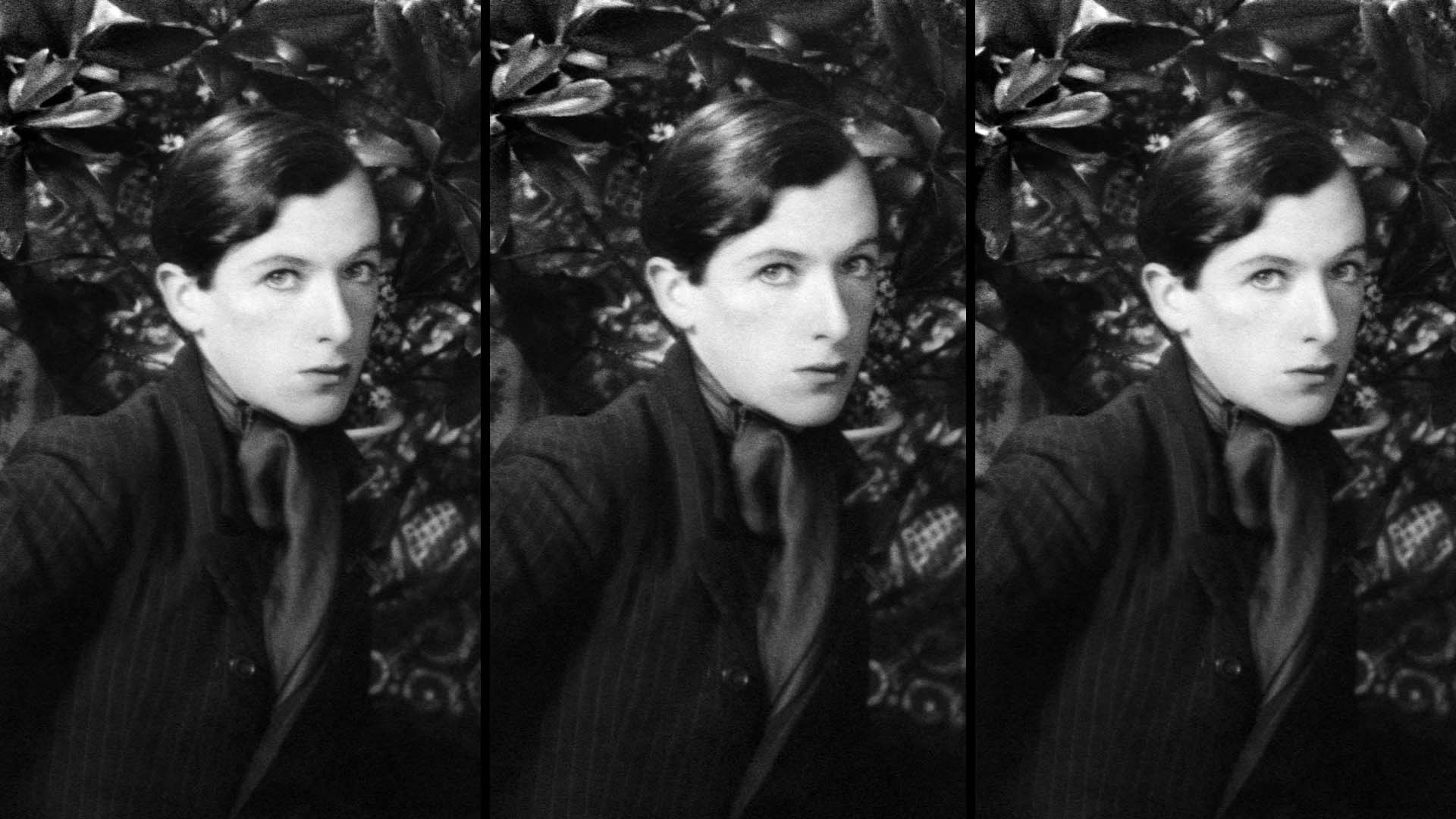
Beaton selfie, late 1910s.
-
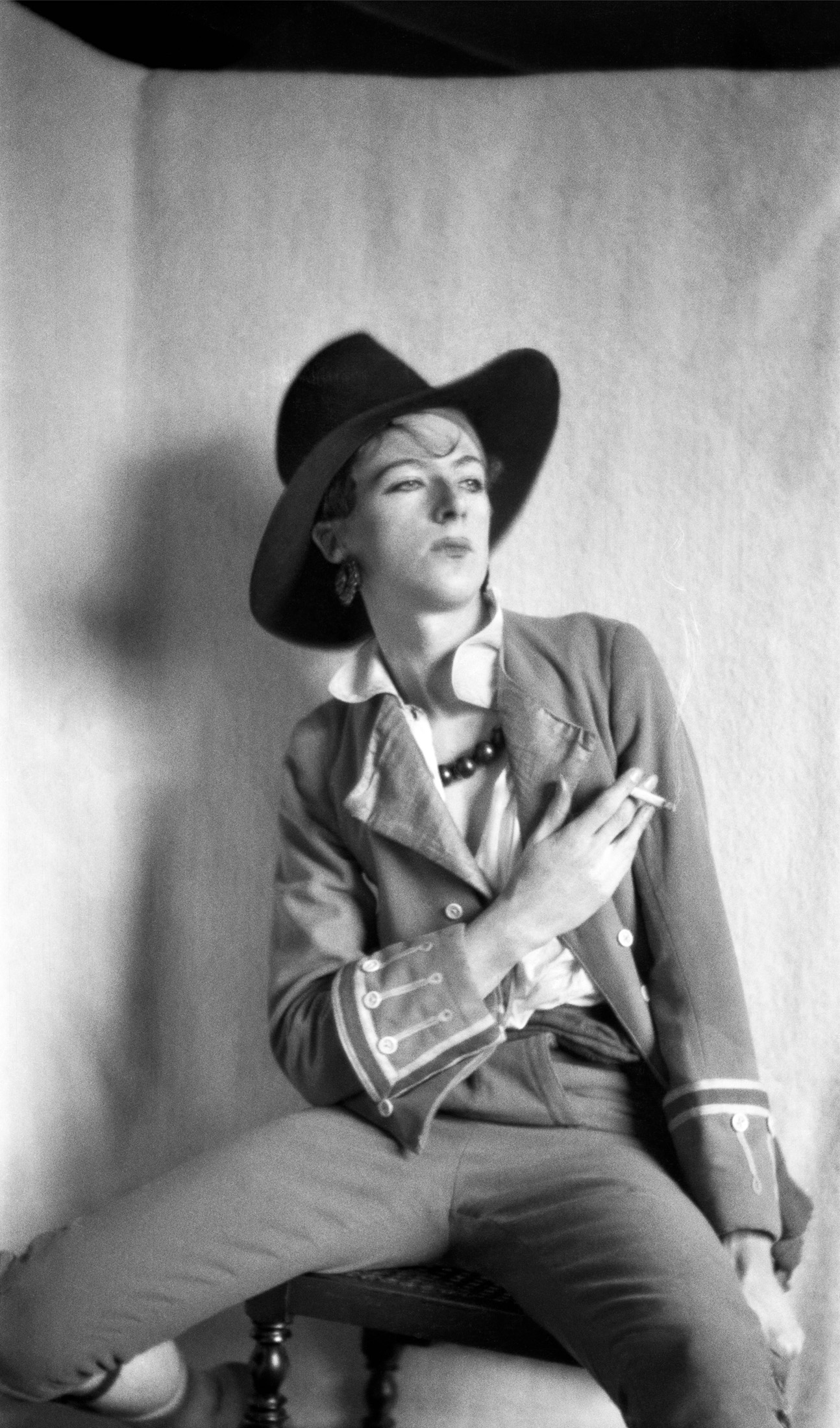
Beaton selfie, Cambridge, late 1910s.
-
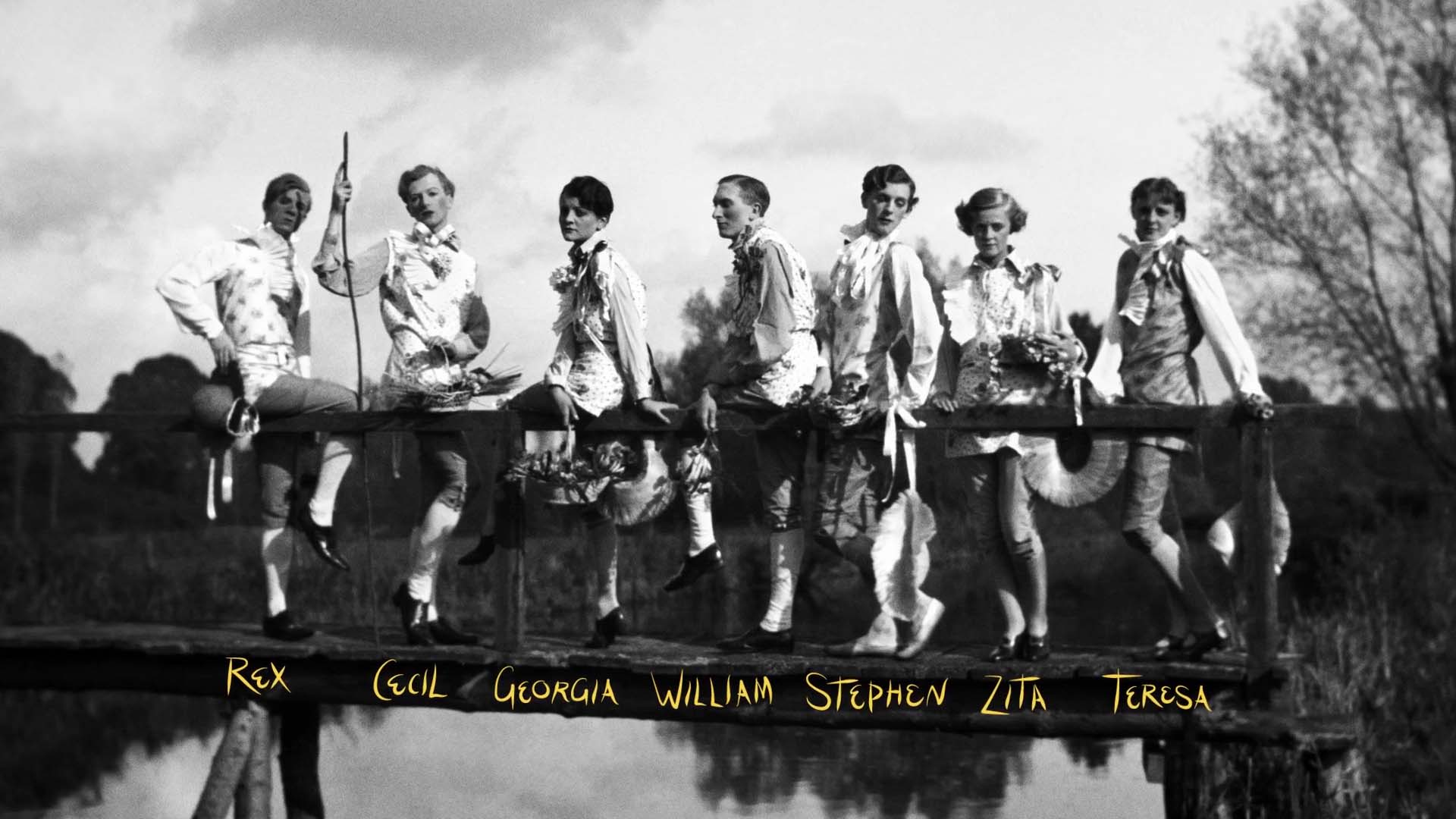
Beaton on the bridge in Wilsford with the Bright Young Things, 1927.
-
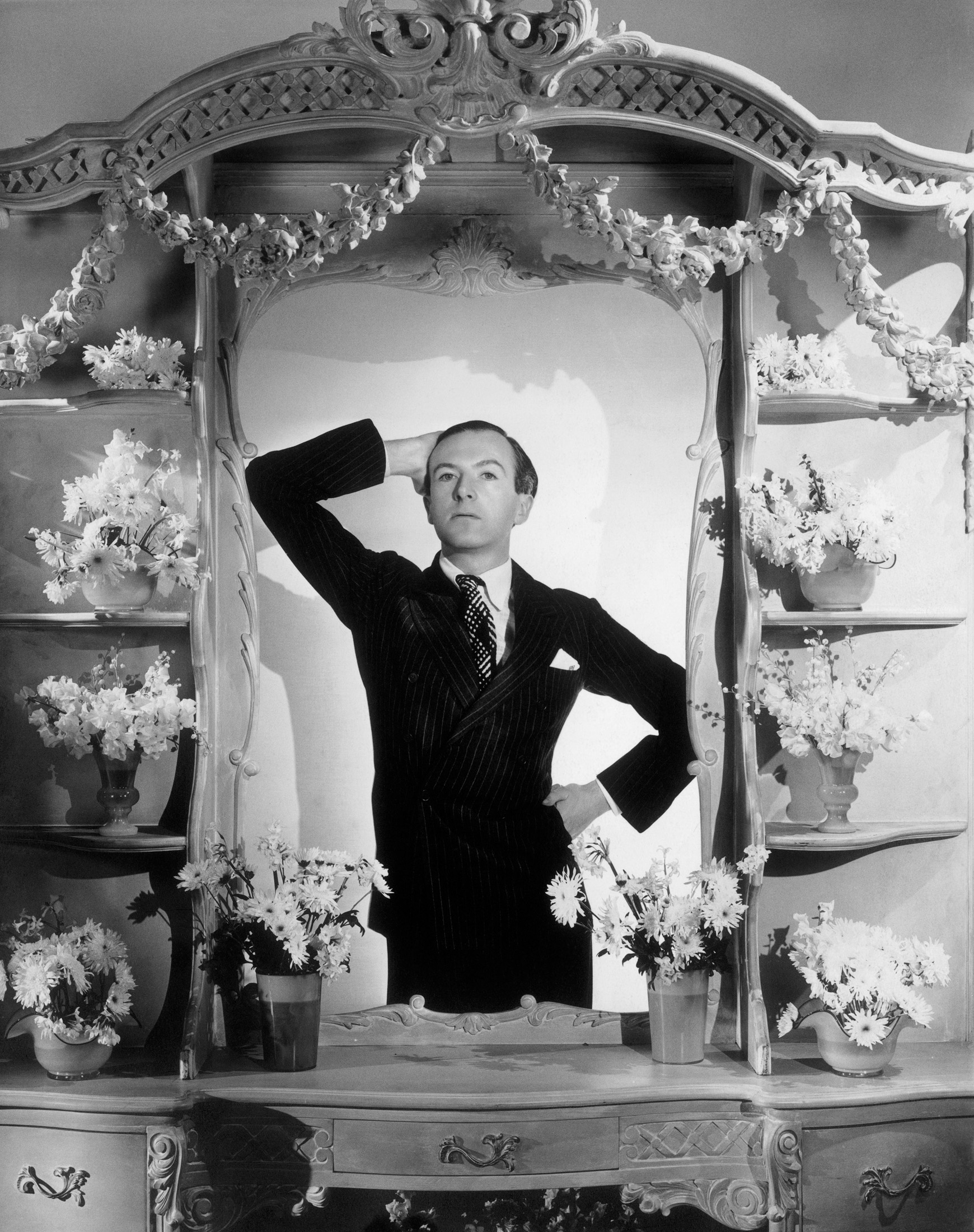
Beaton on set in New York in the 1930s.
-
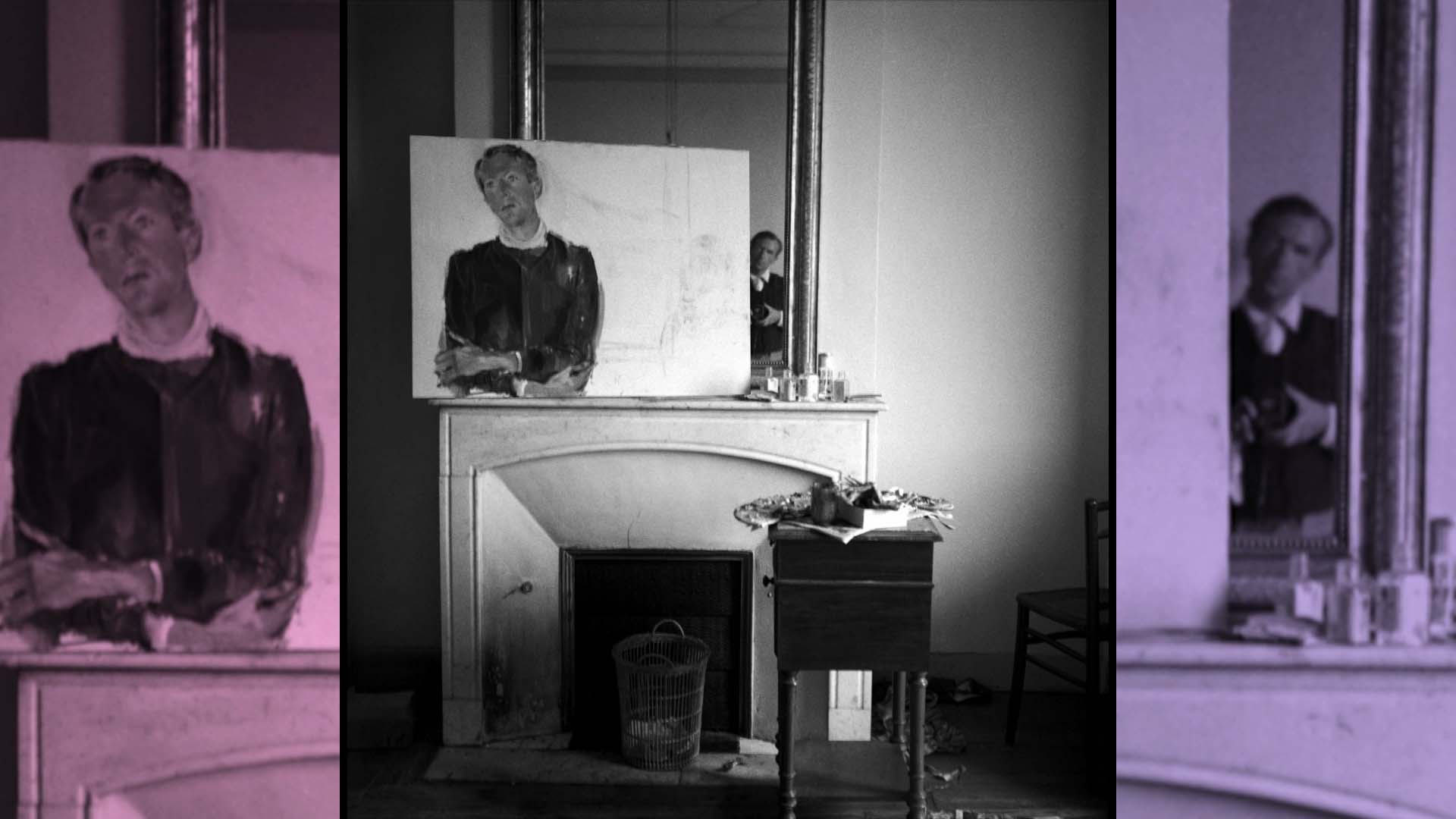
Beaton selfie with portrait of him by Bebe Bérard, 1937.
-
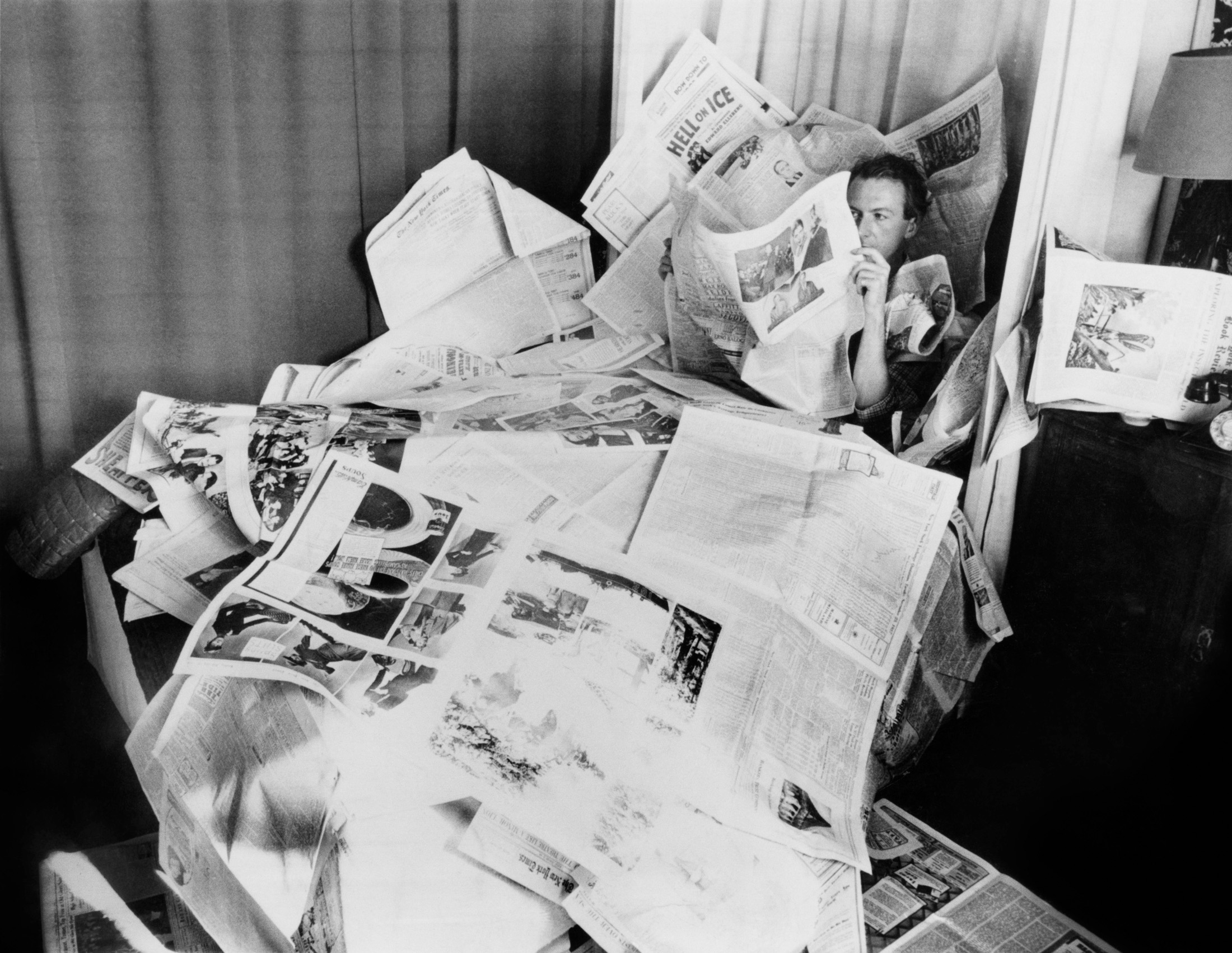
Beaton, New York, late 1930s.
-
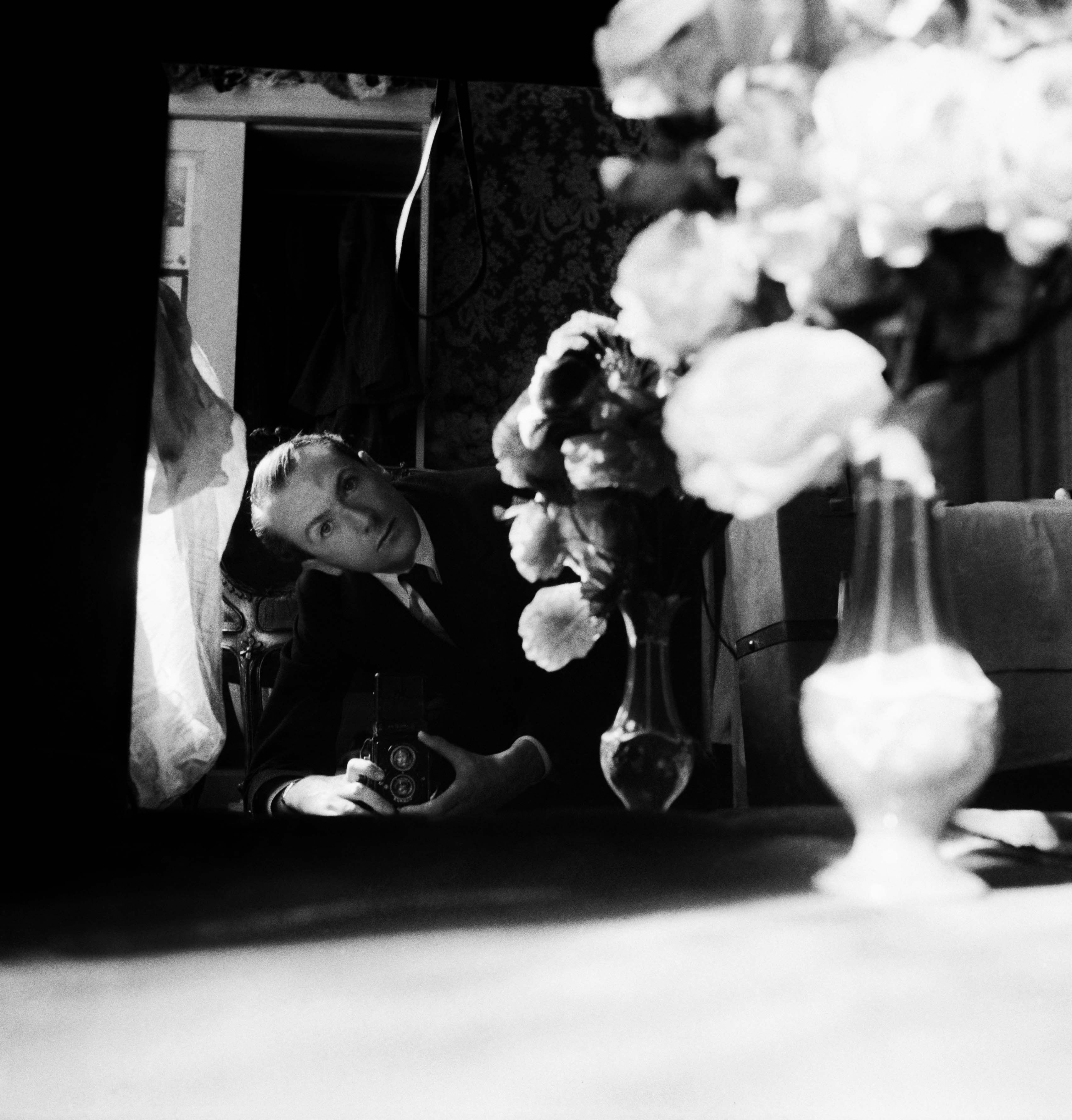
Beaton selfie, late 1930s.
Love, Cecil
Lisa Immordino Vreeland’s tribute to Cecil Beaton comes to Canada.
Sir Cecil Beaton may be best known as the Oscar-winning stage and costume designer for the smash Audrey Hepburn vessel My Fair Lady, yet the film was but one highlight in his illustrious career as a photographer, painter, diarist, and designer. Beaton’s career began at Vogue in the 1930s, as he captured the era’s bright young things with his singularly tender eye. He was also responsible for some of the world’s most important images of the Second World War—images credited for clarifying the brutality of war in the American consciousness—and acted as the royal family’s official photographer.
Lisa Immordino Vreeland, granddaughter-in-law of original Vogue editor Diana Vreeland, took strongly to the witty and ambitious aesthete’s life story, researching it closely to inform her 2017 documentary Love, Cecil, now debuting at select Canadian theaters (March 16 in Toronto, March 30 in Vancouver, and April 13 in Ottawa). Here, a Q&A with Vreeland on her film.
A.M.: What is the significance of the documentary’s title?
Vreeland: From the beginning, I loved the idea of using Love, Cecil as a title—that is how he signed all of his letters. While we were in the process of editing the film with our editor, Bernadine Colish, it felt right for us to have the title at the end of the film. With the title there it almost seems as if Beaton himself was sending a personal letter to the audience. I love that!
How would you describe Beaton’s approach to life?
Beaton once said that the most important word in the dictionary was the word “beauty.” He spent his whole life pursuing just that and ultimately would sacrifice everything. He was also a free spirit, dressing the way he wanted and being openly gay at a time when it was not still socially accepted. I loved discovering his obsession for selfies, a term that he seemed to have coined, since he was already doing this in the 1920s. He was so modern for his time, yet he was not at all aware of that.
How will this documentary deepen the perspectives of viewers who may only know Beaton for his most famous works, such as My Fair Lady?
With the experience of seeing audiences react to my last two movies, Diana Vreeland: The Eye Has To Travel and Peggy Guggenheim: Art Addict, I noticed that the viewers are as captivated with the success of the characters as they are with their failures, insecurities, and struggles in life. It gives us the opportunity to show that these great visionaries were human and had their own struggles, yet they had the ability to overcome them.
After watching this film you will be well-versed in Beaton’s world, his most intimate desires and ambitions yet the biggest take away from the film is that creativity is what drove Beaton. He had an incessant need to create, and that formed his life story.
What was an unexpected fact about Beaton you learned in the process of creating this film?
I never knew that Beaton’s brother Reggie had killed himself—this was a complete surprise to me. I was very aware that Beaton had a difficult relationship with his father and that his brother Reggie was the favorite son. Reggie’s death further emphasized the feeling that Beaton had of being slighted by his father.
Love, Cecil plays March 16 at Toronto’s Hot Docs Ted Rogers Cinema, March 30 at Vancouver’s Vancity Theatre, and April 13 at Ottawa’s Mayfair Theatre.
Photo courtesy of the Cecil Beaton Studio Archive at Sotheby’s.
_________
Never miss a story. Sign up for NUVO’s weekly newsletter.

